
Short Circuit Board: PCB Damage Caused by Current Diversion/Low Resistance
What is Current Diversion? Current diversion, also known as current crowding or current hogging, is an electrical phenomenon that occurs when the flow of electric[…]

Induction Heater Circuit: Working Principle, Design and Applications of the Work Coil
How Does an Induction Heater Circuit Work? The working principle of an induction heater circuit is based on Faraday’s law of electromagnetic induction. When an[…]

Why Do We Need To Use Vapor Phase Reflow Technology
Introduction to Vapor Phase Reflow Vapor phase reflow is a soldering technique used in the assembly of printed circuit boards (PCBs) that offers several advantages[…]
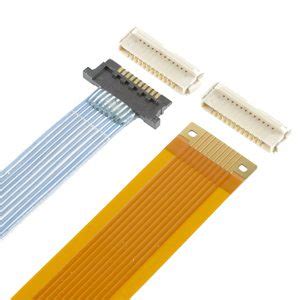
FFC vs FPC: The Main Differences Between the Two
What are Flat Flexible Cables? Flat flexible cables, as the name suggests, are thin, flat, and flexible cables that are used to connect various components[…]
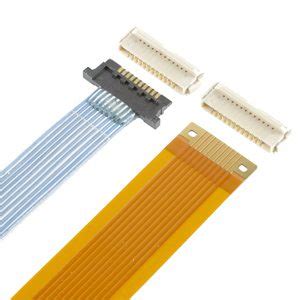
FFC vs FPC: What’s The Difference Between FFC and FPC?
What is a Flexible Flat Cable (FFC)? A Flexible Flat Cable (FFC) is a type of electrical cable that consists of multiple flat conductors arranged[…]
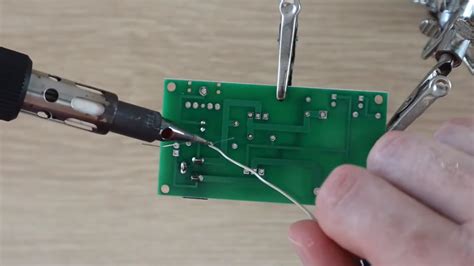
Overview of PCB Soldering Techniques
Types of PCB Soldering Through-Hole Soldering Through-hole soldering is a traditional method where component leads are inserted through drilled holes in the PCB and soldered[…]

MPSA18 Pinout: Complete Guide on How to Use It
What is the MPSA18? The MPSA18 is a high-voltage, low-power NPN transistor designed for general-purpose amplification and switching applications. It is part of the MPSA[…]
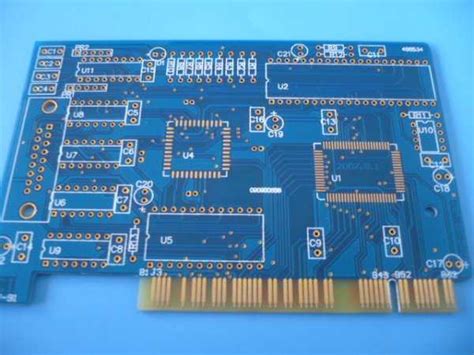
Gold Finger PCB: A Tough, Durable Contact Edge for Connecting PCBs
Introduction to Gold Finger PCBs Gold finger PCBs, also known as edge connector PCBs or gold-plated edge connectors, are specialized printed circuit boards designed with[…]
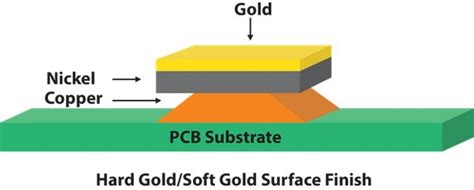
13 Advantages Kinds of About Enig Plating Immersion Gold PCB
Introduction to Immersion Gold Plating Immersion gold (ENIG) plating is a popular surface finish for printed circuit boards (PCBs) due to its numerous advantages over[…]
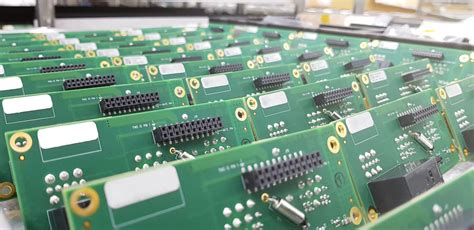
6 Layer PCB Manufacturing – How is a 6-layer Circuit Board Made
Introduction to 6 Layer PCB Manufacturing In today’s world of advanced electronics, printed circuit boards (PCBs) play a crucial role in connecting and supporting various[…]